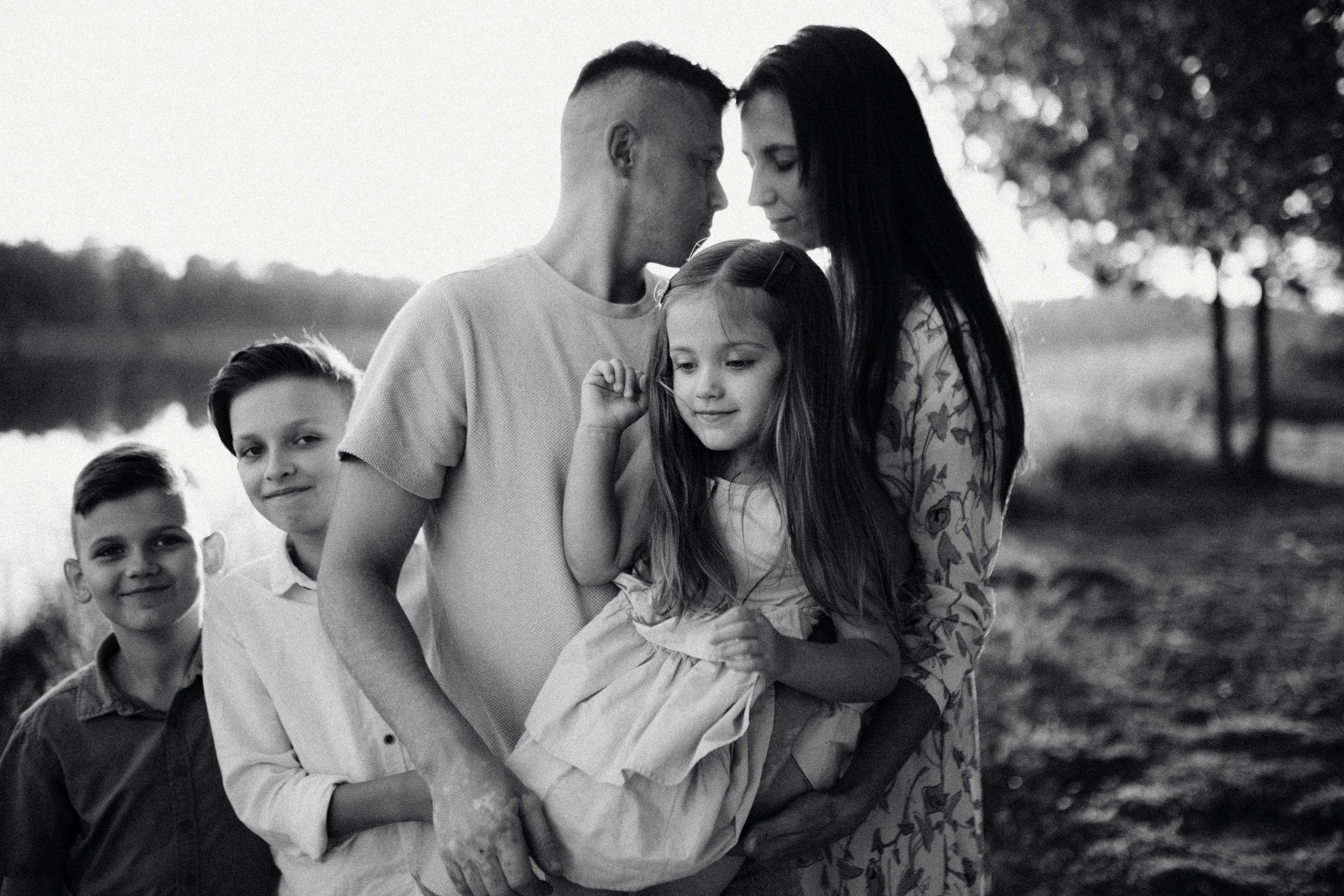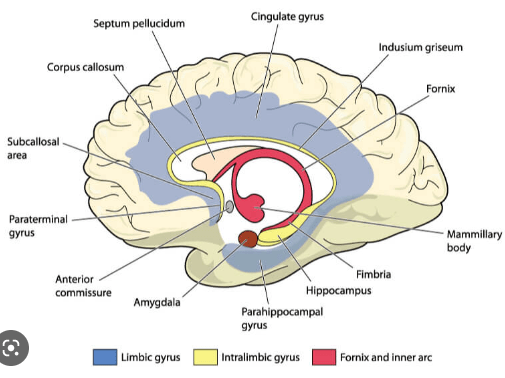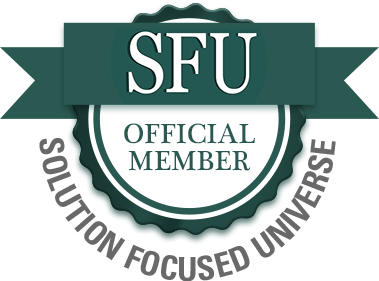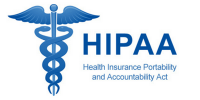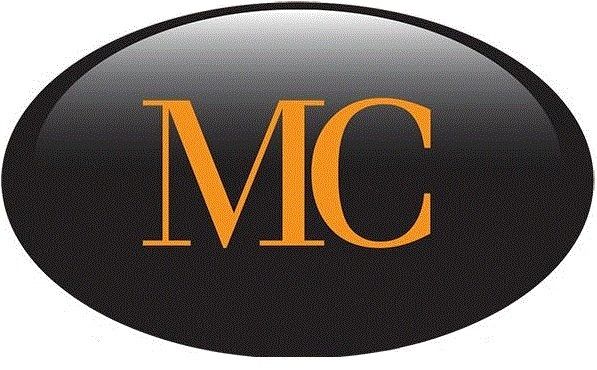Researchers are increasingly finding that in addition to upending a child’s development, this role reversal can leave deep emotional scars well into adulthood. Many, like Kiesel, experience severe anxiety, depression, and psychological distress. Others report succumbing to eating disorders and substance abuse.
When roles of responsibility and the order of caregiving change in a household, it can lead to a shift in the family dynamic. The specific changes and their impact on the dynamic can vary widely depending on the nature of the role changes, the reasons behind them, and the adaptability of the family members. Here are some general observations:
- Adaptation Period:
- Initially, there might be a period of adjustment as family members get used to the new roles and responsibilities. This could involve some confusion or resistance, especially if the changes are unexpected or significant.
- Initially, there might be a period of adjustment as family members get used to the new roles and responsibilities. This could involve some confusion or resistance, especially if the changes are unexpected or significant.
- Communication:
- Open and effective communication is crucial during this time. Family members may need to discuss their feelings, expectations, and concerns to ensure everyone is on the same page and understands the reasons for the changes.
- Open and effective communication is crucial during this time. Family members may need to discuss their feelings, expectations, and concerns to ensure everyone is on the same page and understands the reasons for the changes.
- Reorganization of Tasks:
- The distribution of tasks and responsibilities may need to be reorganized. This could involve a renegotiation of chores, caregiving duties, and decision-making responsibilities.
- The distribution of tasks and responsibilities may need to be reorganized. This could involve a renegotiation of chores, caregiving duties, and decision-making responsibilities.
- Shift in Power Dynamics:
- Depending on the nature of the role changes, there might be a shift in power dynamics within the family. For example, if a previously less-involved member takes on more responsibilities, their influence within the family may increase.
- Depending on the nature of the role changes, there might be a shift in power dynamics within the family. For example, if a previously less-involved member takes on more responsibilities, their influence within the family may increase.
- Support Systems:
- Family members may need to provide emotional support to each other during this transition. Acknowledging and validating each other’s efforts and contributions can help maintain a positive atmosphere.
- Family members may need to provide emotional support to each other during this transition. Acknowledging and validating each other’s efforts and contributions can help maintain a positive atmosphere.
- Flexibility:
- Flexibility is key during times of change. Family members may need to be adaptable and open to trying new approaches to household tasks and caregiving.
- Flexibility is key during times of change. Family members may need to be adaptable and open to trying new approaches to household tasks and caregiving.
- Impact on Relationships:
- The changes can impact individual relationships within the family. For example, a shift in caregiving responsibilities might strengthen the bond between certain family members, while others may need time to adjust.
- The changes can impact individual relationships within the family. For example, a shift in caregiving responsibilities might strengthen the bond between certain family members, while others may need time to adjust.
- Role Reversal:
- If there’s a significant role reversal, where a traditionally less-involved member takes on a more prominent caregiving role, it could challenge traditional gender roles or expectations. This may lead to positive changes in breaking down stereotypes.
- If there’s a significant role reversal, where a traditionally less-involved member takes on a more prominent caregiving role, it could challenge traditional gender roles or expectations. This may lead to positive changes in breaking down stereotypes.
- Shared Responsibilities:
- Emphasizing the idea of shared responsibilities can contribute to a more equitable and collaborative family environment.
It’s important to note that the impact of role changes in a household will be highly individualized, and families will respond differently based on their unique dynamics, values, and communication styles. Open dialogue and a willingness to adapt goes a long way in helping families navigate these changes more smoothly.


